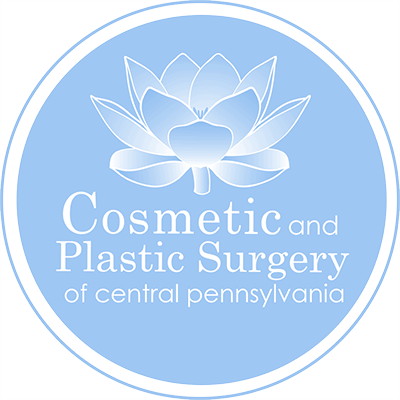TCA Peel
&srotate=0)
This patient has actinic keratosis sun damage and solar lentigo pigmentation. She is 4 months before and after a 35% trichloroacetic acid peel (35% TCA) chemical peel.
Actinic Keratosis, AK, is a pre-cancer that lives in the superficial layers of the skin. It is similar to a real cancer (like squamous cell carcinoma, SCC), however AK lives in the temporary layer of the skin (the top layer or epidermis). If it is allowed to stay and grow, it will grow deeper and deeper, eventually it will grow into the dermis (the permanent layer of the skin). Once it is in the dermis it is then a true SCC and would need to be cut out for cure from that skin cancer. When a person has AK, it is sign of broad skin damage (years of being in the sun without protection).
There are various skin treatments which can help to prevent the progression of AK into SCC. Whatever treatment is chosen, it must destroy the AK. This can be done many ways. If it is one spot on the face, electrocautery can be performed to destroy the spot. Liquid nitrogen can destroy the spot however there is risk of eye injury and it destroys a large area in an uncontrollable manner which can result in bad scarring. Efudex is a cream that can be applied to the AK spots for 6 weeks twice a day. The problem with this treatment is ‘raw-open wound look’ of the spots makes it difficult for most patients to go to work or be out in public. A laser is very exact but often expensive. We prefer a chemical peels for several reasons. For the face, chemical peels are very safe, can be controlled in a very exact way and treat the entire face, not just one spot. They can be tailored to your lifestyle.
Notice the even color to the skin without the pigmentation spots. Also note the more defined jawline and the tightened neck skin.
